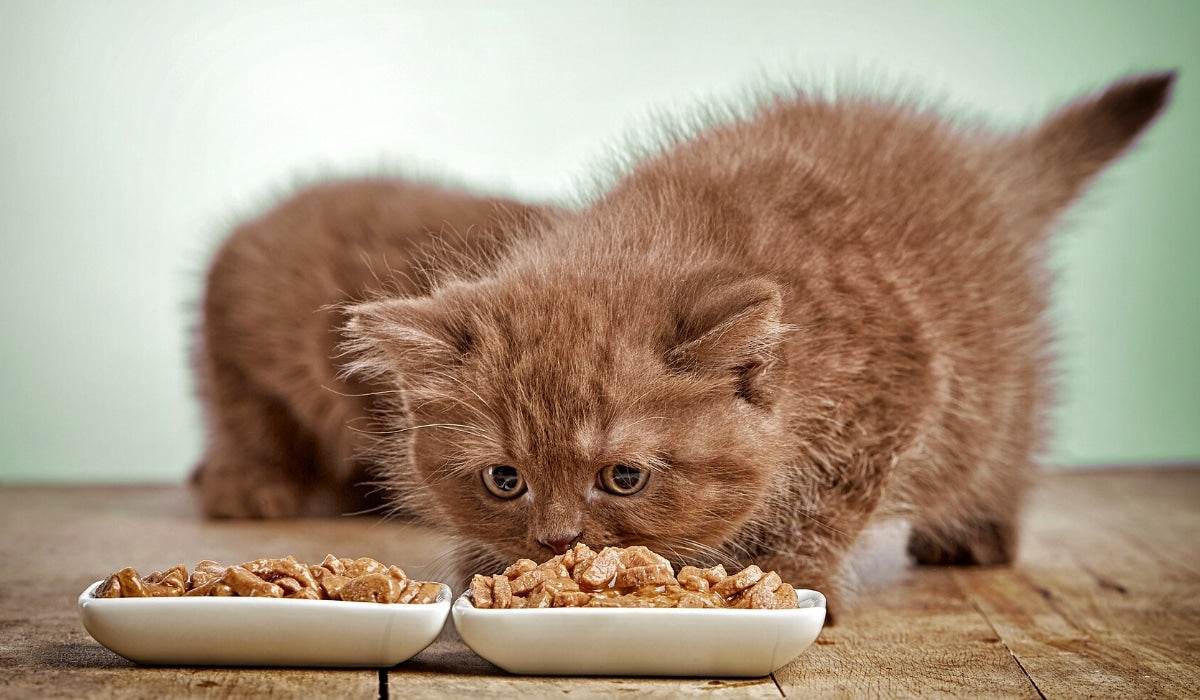Meow have you heard of the term “whisker fatigue” or “whisker stress”? We are familiar with our feline friends waltzing around with an aura of prestige, but King Kitty’s cattitude may be caused by something else… When a cat’s whiskers are touched or brushed too much, a plethora of signals are sent to their brain; this over-stimulation may make your highness feel highly overwhelmed and agitated, and it may even be painful for them.
Some believe that trimming their cats’ whiskers is a solution, but in fact, it mutes their expression, dulls their perceptions, and simply disorientates them. Never cut a cat’s whiskers!
Not all cats suffer from this condition, so you don’t have to start throwing out all your bowls just yet! First, look out for the signs.
Typical symptoms of whisker fatigue include:
- Refusal to eat even the finest of food
- Pacing backwards and forwards in front of their bowls while meowing
- Pawing out food from the bowl and eating it from the floor
- Acting extra feisty during feeding time
Thankfully, this problem is an easy one to solve as the right bowl should immediately relieve your kitty’s sensitivity, stress, and hunger.
How to Choose the Right Cat Bowl
The purrfect whisker-friendly bowl should be shallow and wide, similar to the likes of a saucer. Some examples include the Rogz Anchovy Bowl, the Flamingo Isa Feeding Bowl, or the Flamingo Guus Feeding Tray. Also keep in mind that a ceramic or stainless steel bowl is generally preferred as the materials are more durable, less prone to scratching, less likely to harbour bacteria, and won’t leak harmful toxins.
Furthermore, if your kitty is ok with eating from the new bowl but still isn’t drinking much, consider a water fountain. Cats are notoriously picky when it comes to water – a trait that they inherited from their ancestors. In the wild, moving water has less of a chance of being contaminated, which is why our domesticated counterparts seem to love lapping up running water from the tap. So if you need to entice your cat to stay hydrated, definitely opt for a drinking fountain.
If, after providing the right bowl, your cat still displays the same behaviour, it is likely that the symptoms are indicative of a different health problem, in which case it’s time to take your furry friend to the vet for a check-up.
